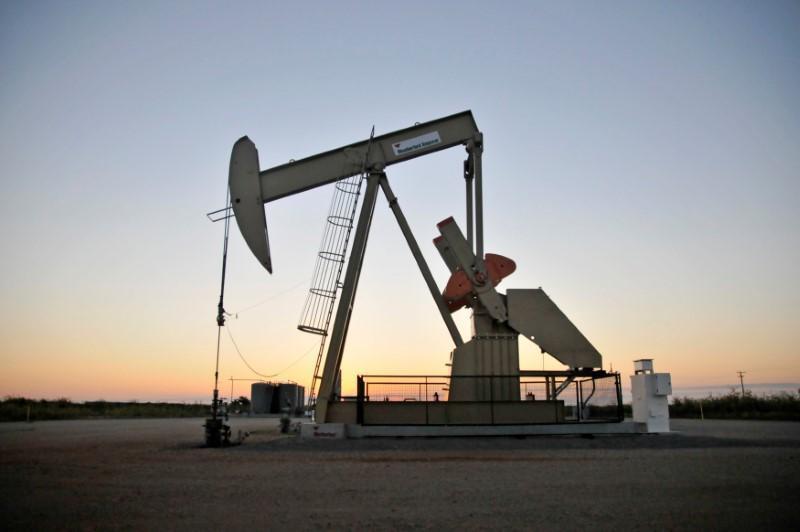Oil hits highest since 2015 on Iran unrest, tighter market
LONDON – Reuters

Oil rose further above $68 a barrel on Jan. 4 to the highest since May 2015, supported by unrest in Iran raising concern about risks to supplies, cold weather in the United States boosting demand and OPEC-led output cuts.
Six days of anti-government protests in Iran, OPEC’s third-largest producer, have added a geopolitical risk premium to oil prices. The unrest has not, however, affected production or exports in Iran.
Brent crude, the international benchmark, was up 6 cents at $67.90 a barrel at 1005 GMT and traded as high as $68.27. U.S. crude rose 23 cents to $61.86 and also touched the highest since May 2015.
“There is enough support for prices with the cold in the U.S. and the geopolitical factor,” said Olivier Jakob, oil analyst at Petromatrix.
Freezing weather in the United States has spurred short-term demand, especially for heating oil.
Apart from the spike in May 2015, oil is trading at its highest since December 2014 - the month after a historic decision by the Organization of the Petroleum Exporting Countries to stop cutting output to prop up prices deepened a price collapse.
Analysts at JBC Energy in Vienna said the price reaction to the Iranian unrest was overdone, although there were other potential threats to Iranian supply looming.
“Beyond the recent focus on street protests, the potential reinstatement of U.S. sanctions targeting the Iranian oil industry remains an issue,” JBC said.
OPEC, supported by Russia and other non-members, began to hammer out a deal to cut supplies again in 2016, aiming to get rid of a supply glut that had built up in the previous two years and boost prices.
The supply cut pact started a year ago and compliance has been high, aided by involuntary output declines in Venezuela, whose economy is collapsing, plus unrest in Nigeria and Libya. Producers decided to extend the deal for the whole of 2018.
OPEC’s cuts are helping to reduce inventories around the world and in the United States, crude stocks fell by 5 million barrels in the latest week, the American Petroleum Institute said on Jan. 3.
Balancing the trend towards a tighter market is higher production in the United States, where the OPEC-led effort to push prices up is spurring more shale oil output.
The U.S. government forecasts that 2018 average oil production will hit a record high.
















